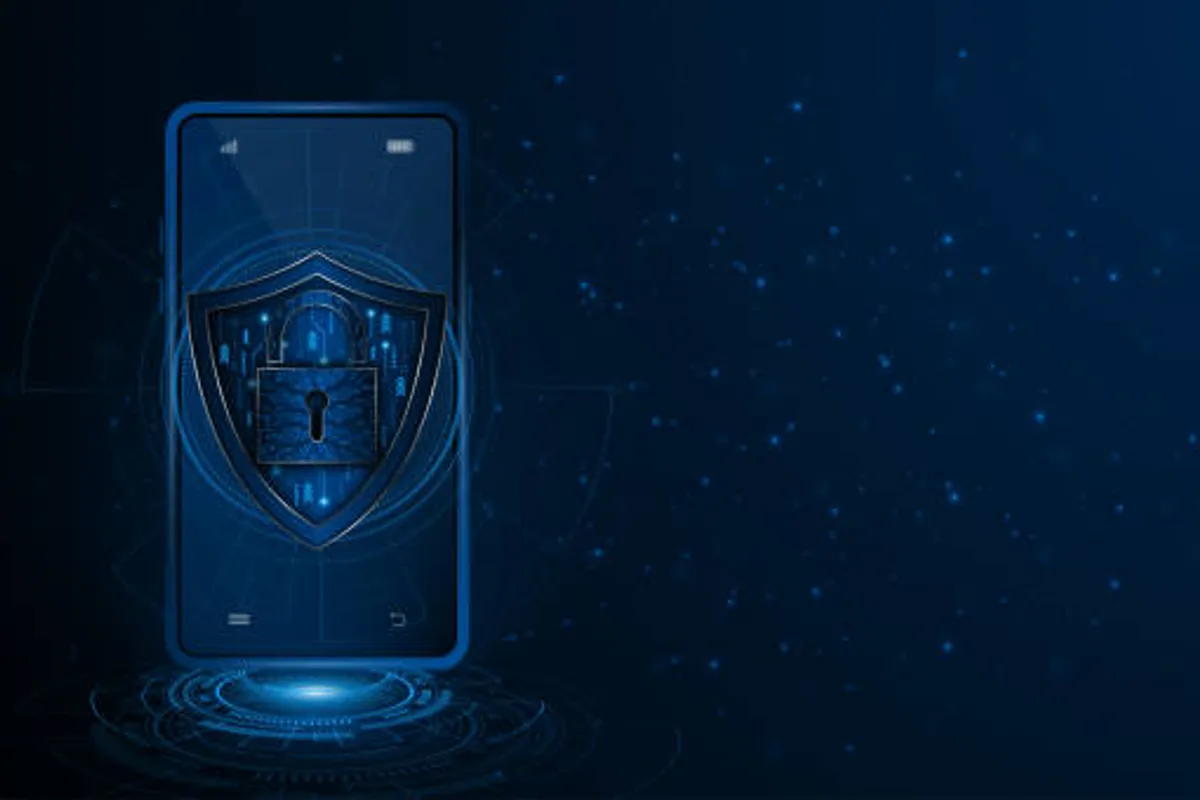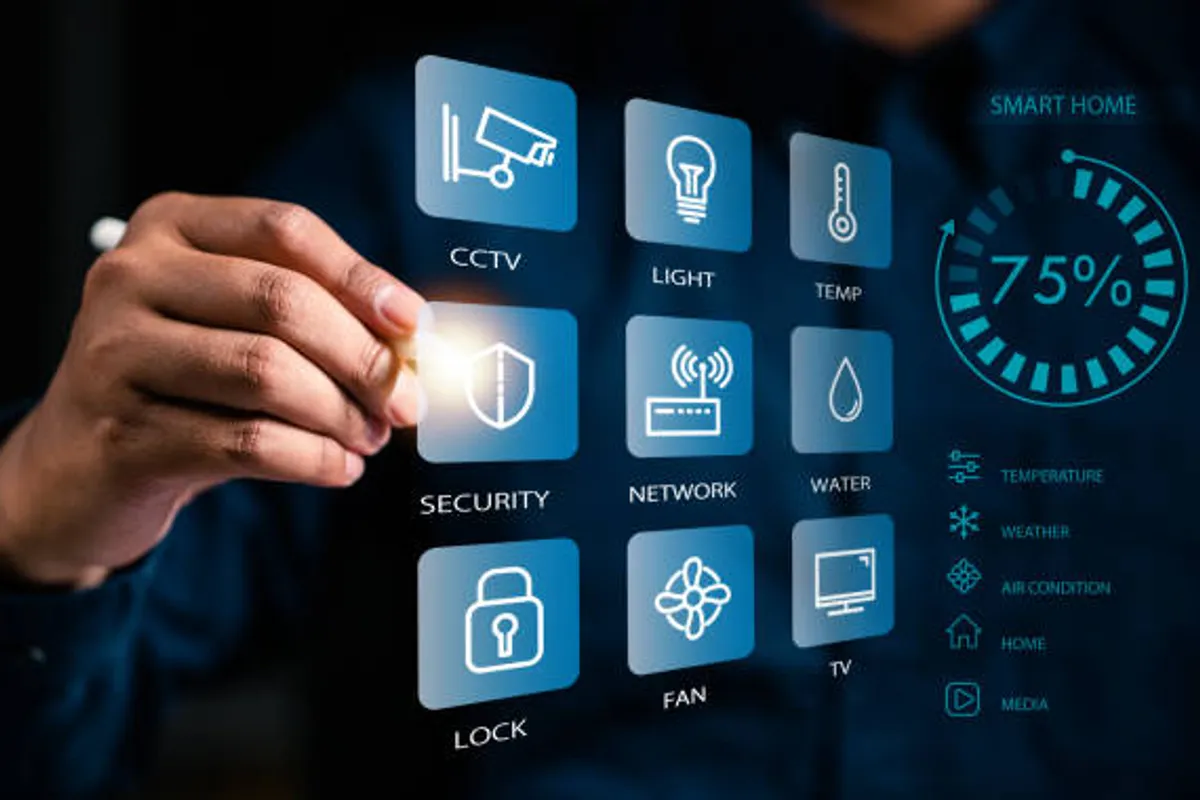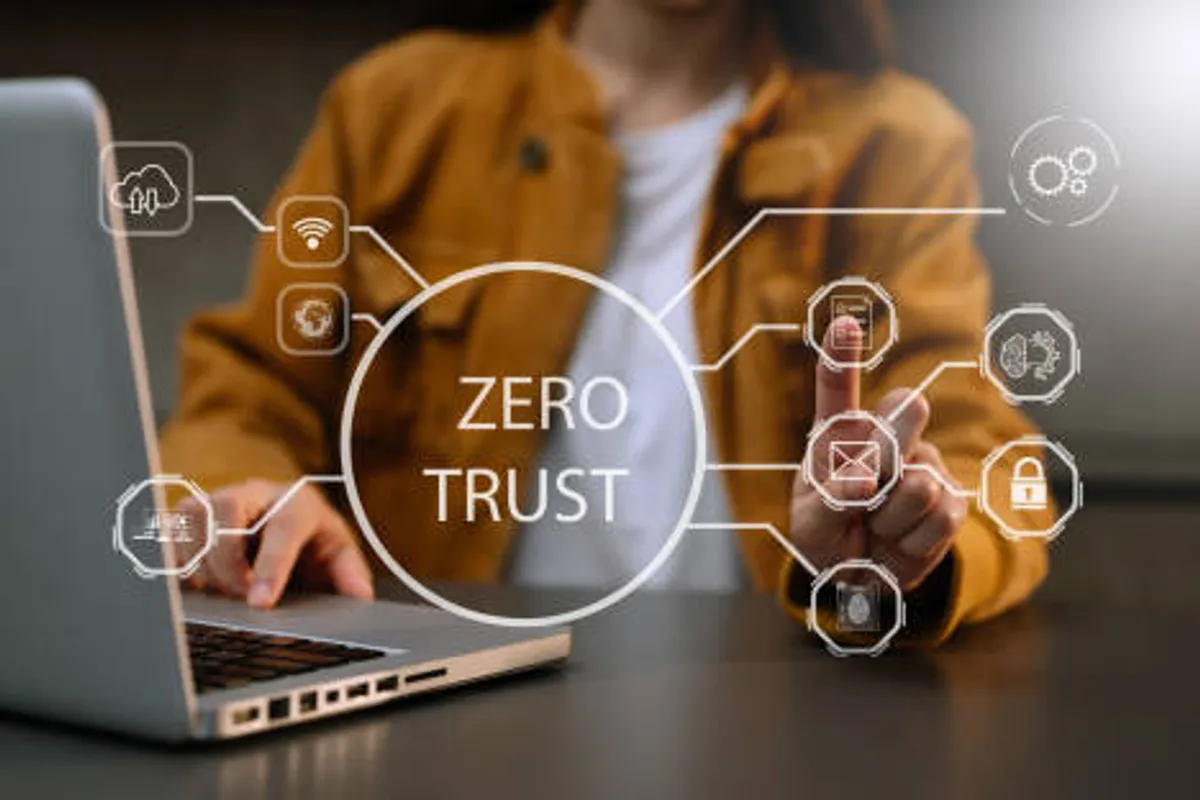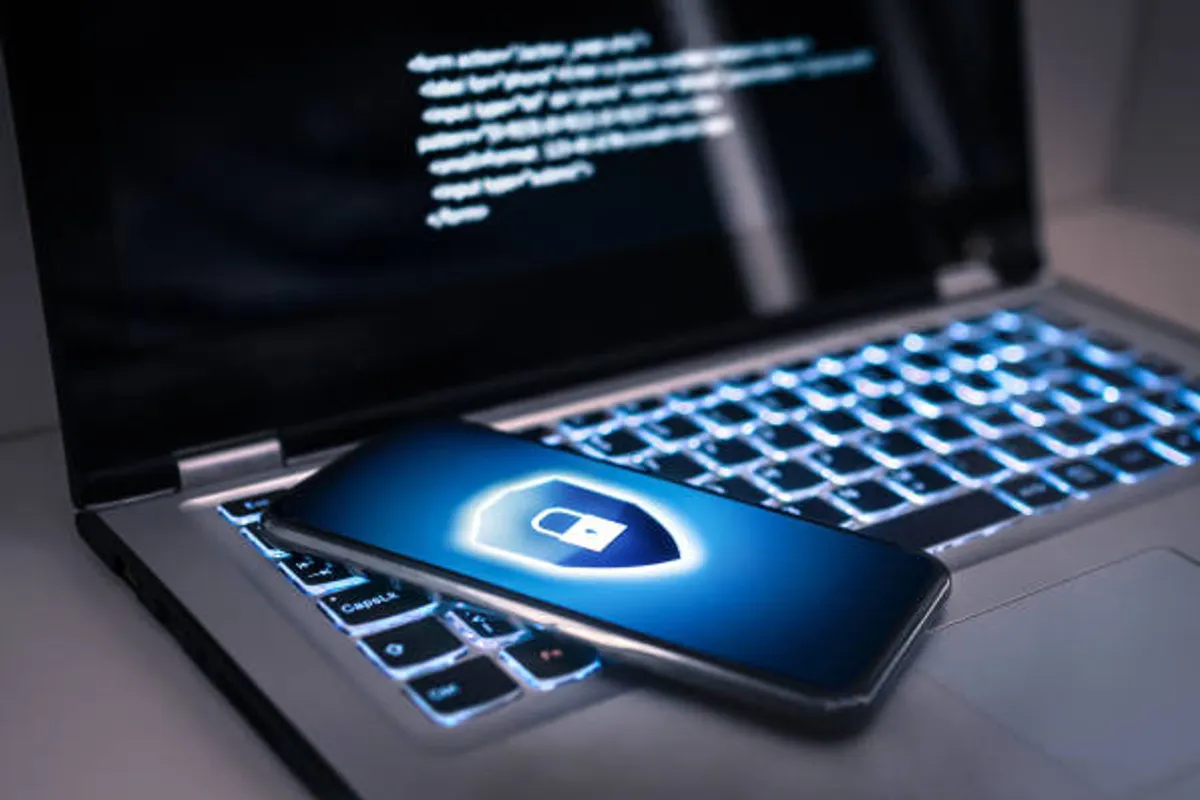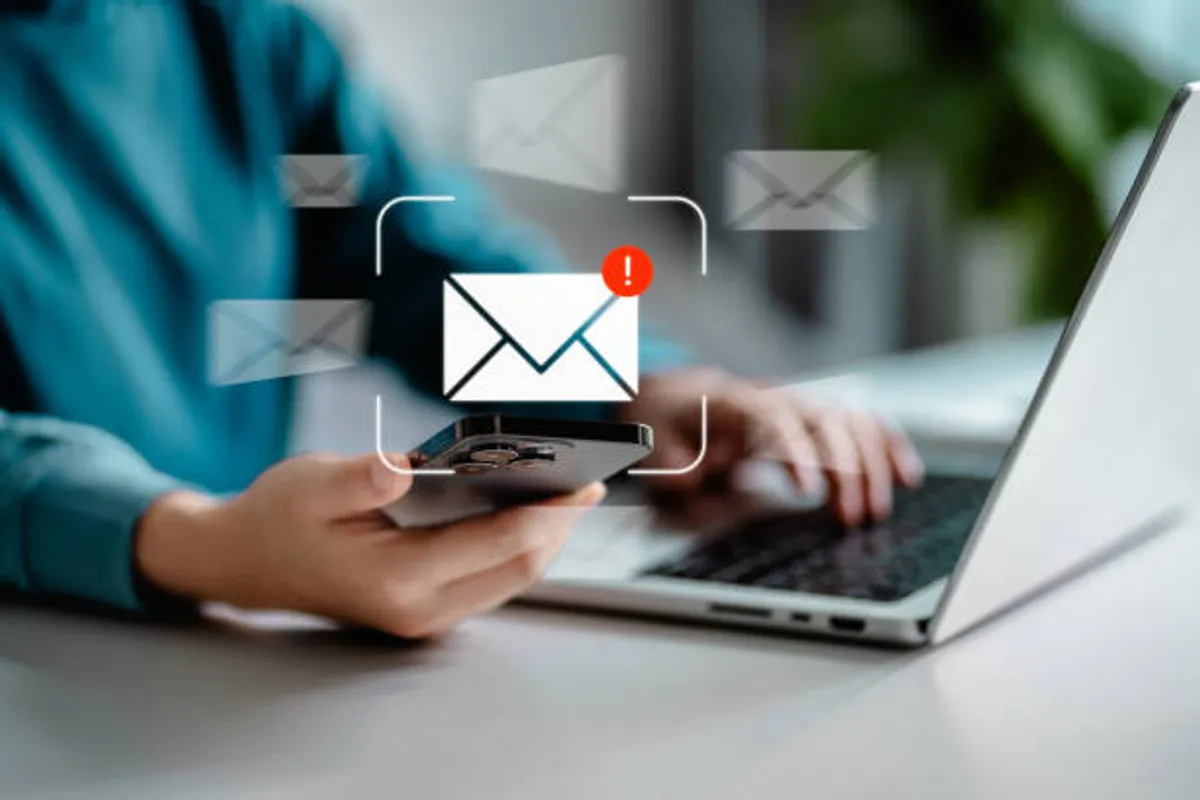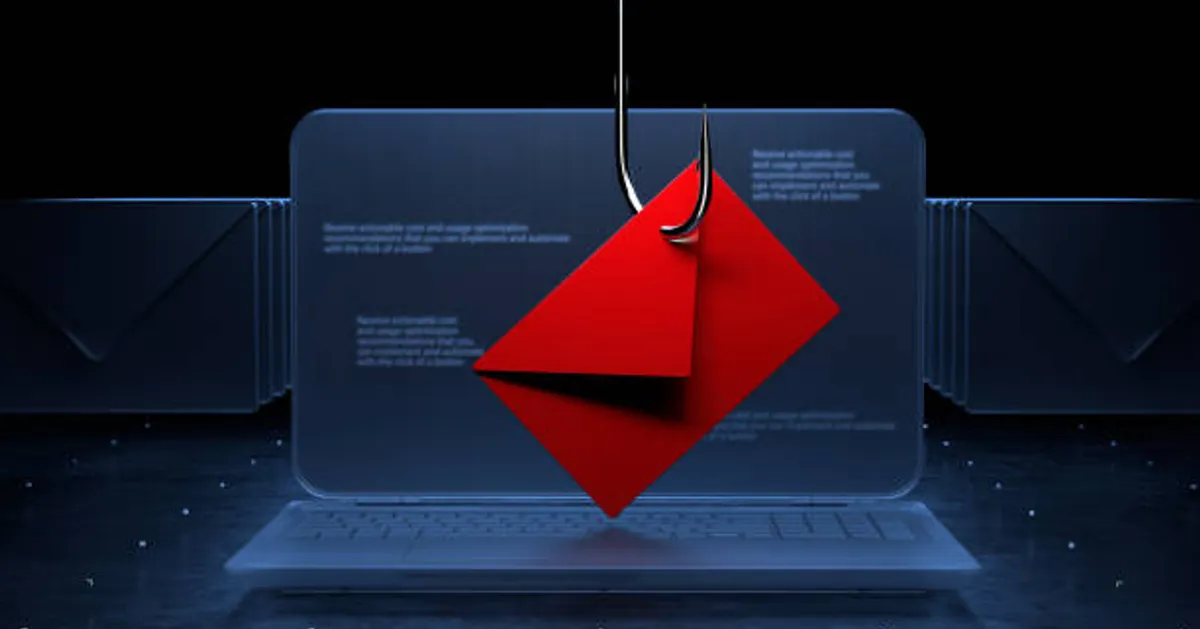
Phishing Scams in 2025: How to Spot and Avoid Them

GeokHub
Contributing Writer
Phishing remains one of the most common and damaging cyber threats in the digital world. While spam emails with obvious typos once made up the bulk of phishing attempts, 2025 has brought a new wave of sophisticated attacks. With AI-powered tools, deepfake technology, and personalized targeting, even the most cautious internet users can be tricked.
So, how can you recognize these modern phishing scams and protect yourself? Let’s break it down.
Modern Phishing Tactics You Need to Know
AI-Generated Emails and Messages
Attackers now use AI to write flawless, natural-sounding emails that mimic trusted contacts. These messages often contain urgent calls to action like “verify your account” or “reset your password.”
Deepfake Voice & Video Scams
Fraudsters use deepfake voice technology to impersonate executives, family members, or colleagues in video calls or voicemails. These scams pressure victims into transferring money or sharing sensitive data.
Phishing via Social Media
Scammers target users through fake profiles, direct messages, and malicious links disguised as trending content or giveaways.
QR Code Phishing (Quishing)
Attackers are increasingly embedding malicious links into QR codes found on posters, emails, and even fake delivery slips. Scanning them can redirect you to credential-stealing sites.
Real-World Examples in 2025
- Banking Scam: Victims in Europe reported receiving “account freeze” texts from their bank, complete with official branding and cloned websites.
- Corporate Breach: A U.S. energy firm lost millions when employees followed instructions from a deepfaked video call that appeared to be their CEO.
- Consumer Targeting: Fake e-commerce refund requests sent through WhatsApp tricked thousands into sharing card details.
How to Defend Against Phishing
Email & Browser Protections
- Enable spam filters and link scanning tools.
- Use browsers that warn against suspicious websites.
- Never click on links or download attachments from unknown senders.
Password & Multi-Factor Authentication (MFA)
Even if attackers steal login details, MFA makes it harder for them to gain access. Use authenticator apps instead of SMS codes when possible.
Device Security
Keep your system updated with the latest patches. Use reputable antivirus software to detect malicious files or URLs.
Training & Reporting
- Awareness Training: Many businesses now require staff to take phishing simulations and online security training. If you’re self-employed or freelancing, consider signing up for an affordable cybersecurity awareness course (affiliate link opportunity).
- Report Scams: Forward suspicious emails to phishing-report@us-cert.gov (U.S.) or your local cybercrime authority. Reporting helps stop scammers faster.
Quick Checklist to Stay Safe
✔ Verify sender addresses before clicking links
✔ Hover over links to preview URLs
✔ Use MFA for all critical accounts
✔ Keep antivirus and browsers updated
✔ Be skeptical of urgency or emotional pressure
Final Thoughts
Phishing scams in 2025 are smarter, more convincing, and harder to detect. But awareness, combined with the right tools and training, gives you the upper hand. By staying vigilant and adopting layered defenses, you can keep scammers at bay.
